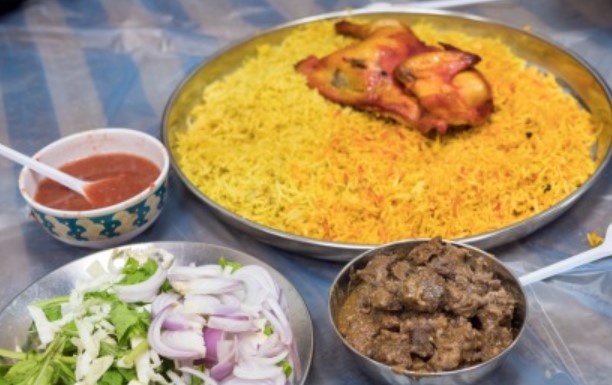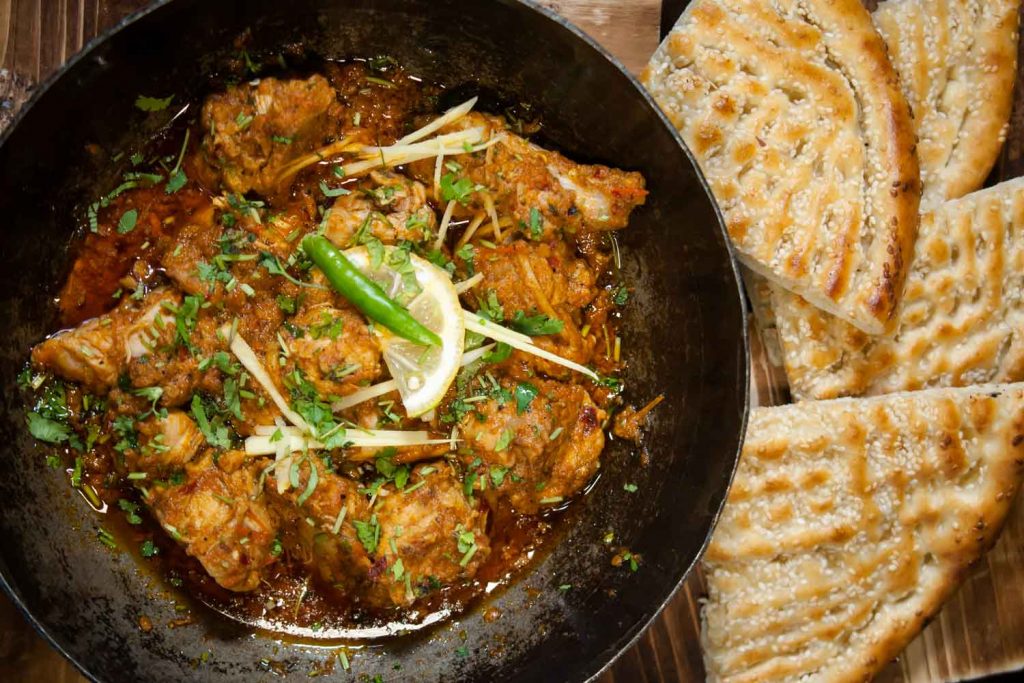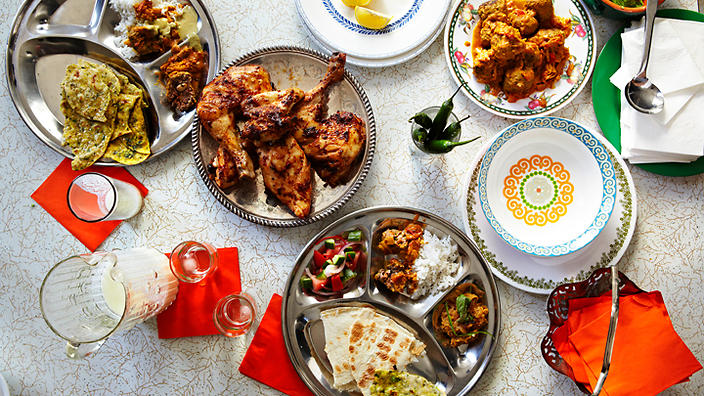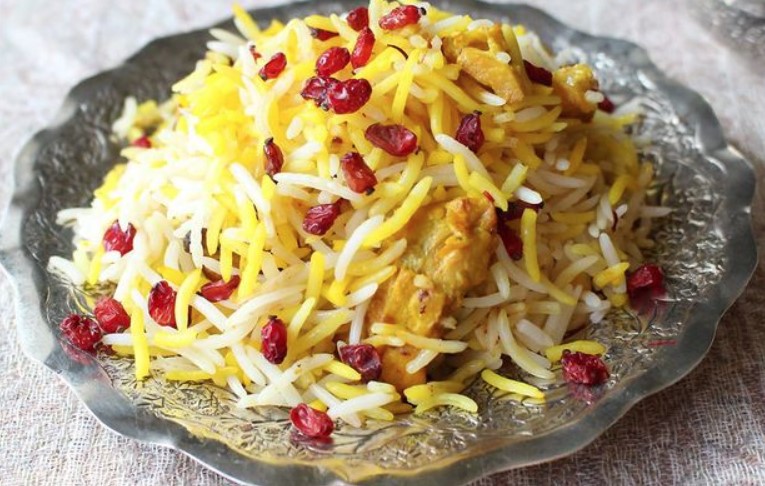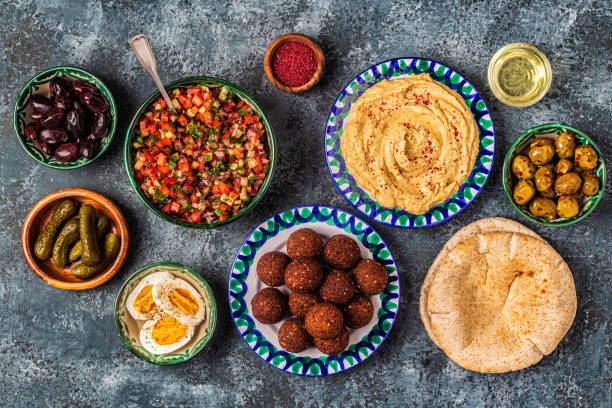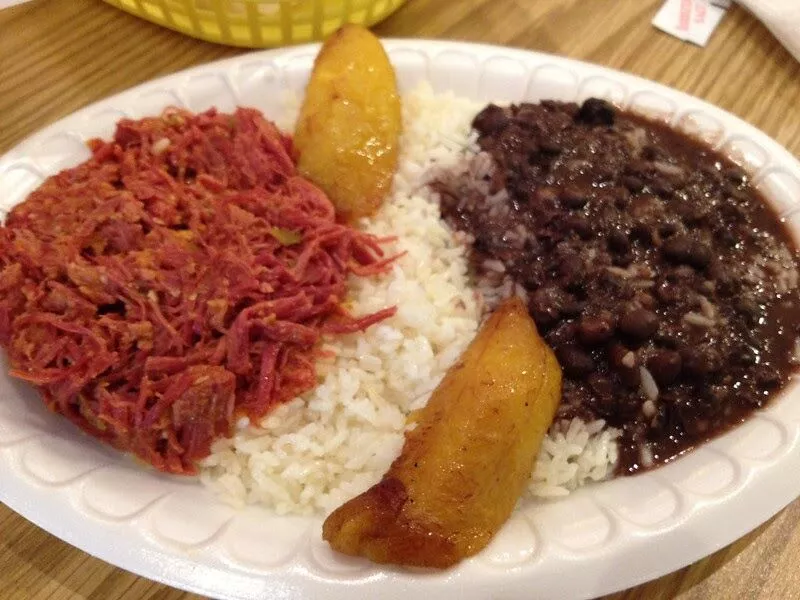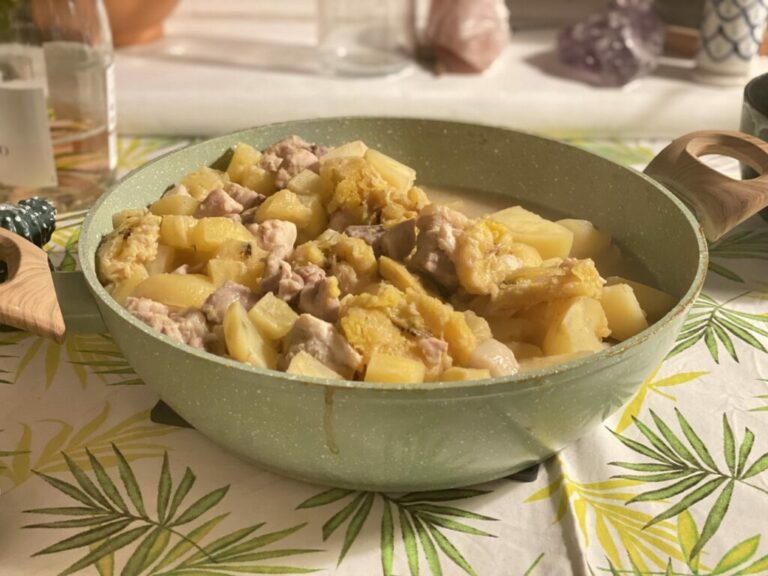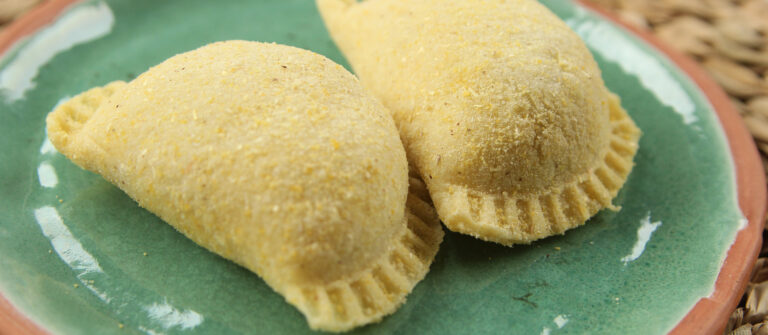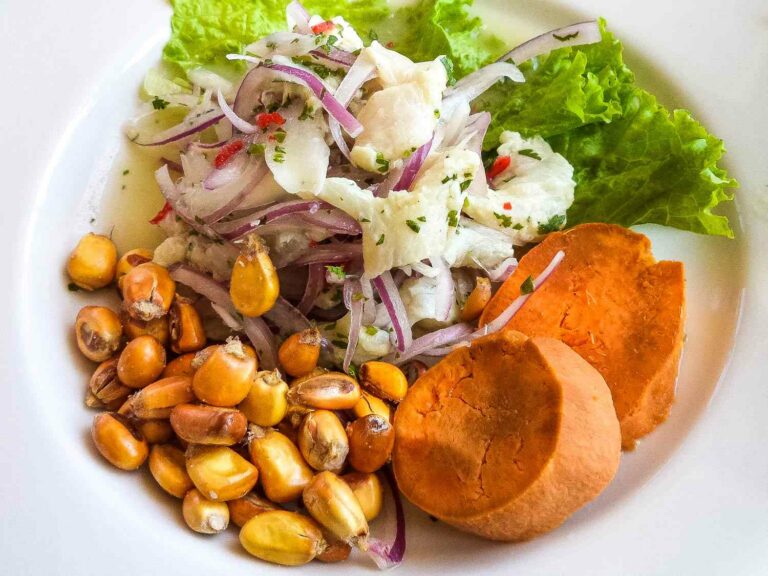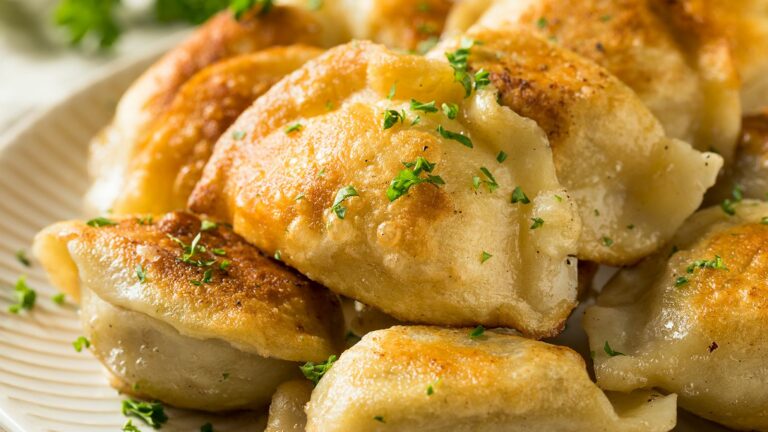Introduction: Omani Cuisine and its Regional Specialties
Omani cuisine is a reflection of the country’s rich cultural heritage and its proximity to the Arabian Gulf, the Indian Ocean, and the Arabian Peninsula. The cuisine is a fusion of Arabian, African, and South Asian flavors that are unique to Oman. The country’s regional specialties are a must-try for anyone interested in exploring the diverse food culture of Oman.
Coastal Delights: Seafood Dishes in Omani Cuisine
With a large coastline, seafood is a significant part of Omani cuisine. The most popular seafood dishes in Oman include the Shuwa, a traditional Omani dish of slow-cooked lamb or goat served with rice and bread. Another favorite seafood dish is the Machboos Samak, a spicy rice dish prepared with fish, tomato sauce, and a blend of aromatic spices. Lobster, crab, and shrimp are also commonly used in Omani seafood cuisine.
Desert Influences: Meat and Rice Dishes of Oman
Omani cuisine’s meat and rice dishes are influenced by the country’s desert environment. The most delectable dishes include the Omani Shuwa, a slow-cooked lamb or goat dish that is typically prepared in a pit oven. The result is tender, juicy meat that is served with rice, salad, and bread. Another popular rice dish is the Biryani, prepared with chicken or lamb, rice, and a range of spices.
Spices and Flavors: Traditional Omani Condiments
Omani cuisine’s flavors are enhanced by the country’s traditional condiments and spices. The most popular condiments include the Khubz, a traditional flatbread that is served with almost every Omani dish. Another popular condiment is the Shattah, a spicy sauce made from chili peppers, garlic, and lime juice. The Baharat is a blend of spices commonly used in Omani cuisine, including cumin, coriander, cinnamon, and cloves.
Sweets and Treats: Desserts from Omani Cuisine
Oman’s traditional sweets and treats are a must-try for anyone interested in exploring the country’s cuisine. The most popular desserts include the Halwa, a sweet and sticky treat made from sugar, rose water, and nuts. Another dessert is the Kahwa, a traditional Omani coffee that is laced with cardamom and served with dates.
Where to try Omani Regional Specialties: Top Restaurants in Oman
The best way to sample traditional Omani cuisine is to visit the country’s top restaurants. The Al Angham restaurant in the Grand Hyatt Muscat offers a range of traditional Omani dishes, including the Machboos Samak and the Shuwa. Another great restaurant is the Kargeen Caffe, which serves up a range of Omani and Middle Eastern dishes, including the Biryani and the Shattah sauce.

